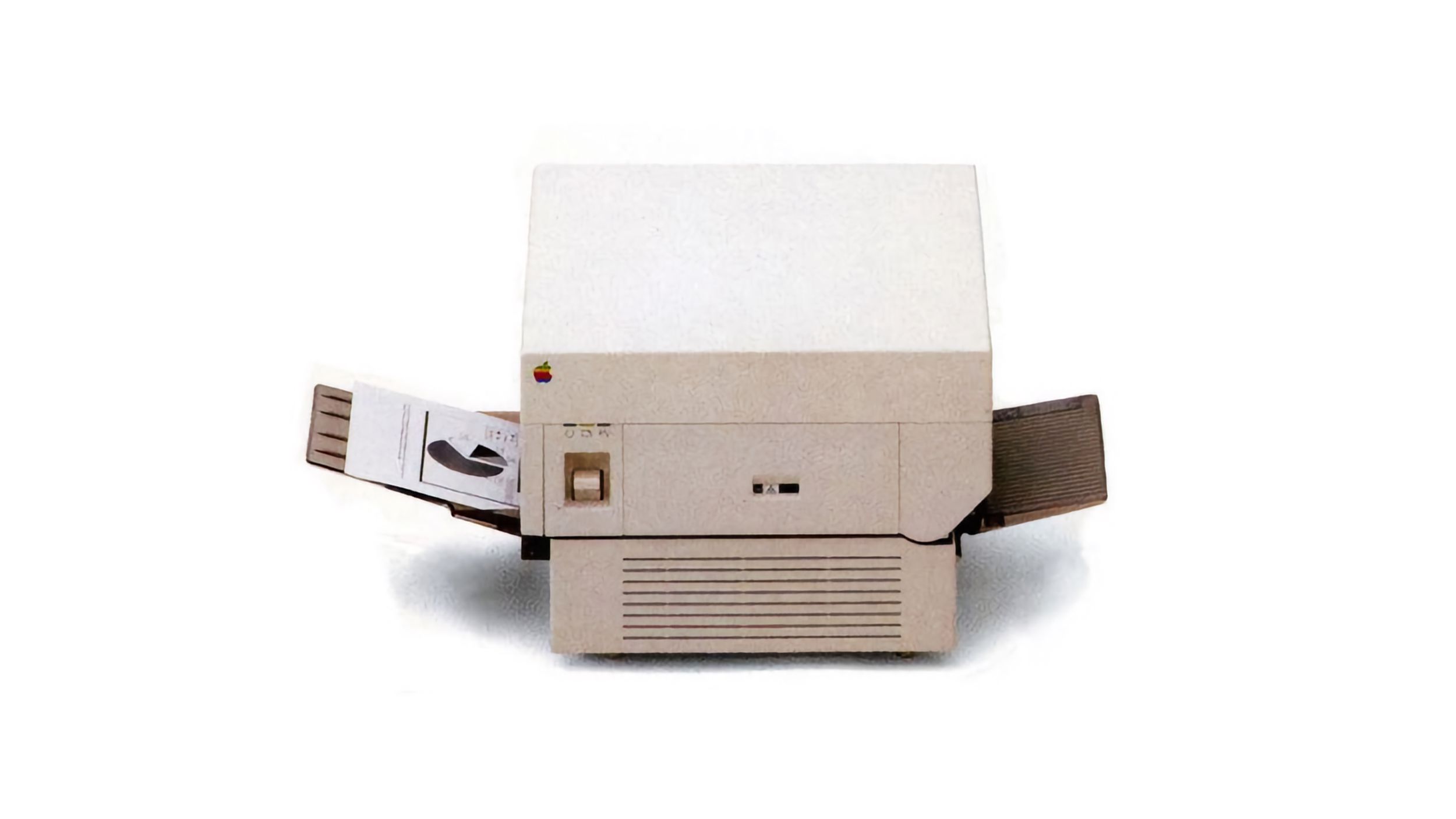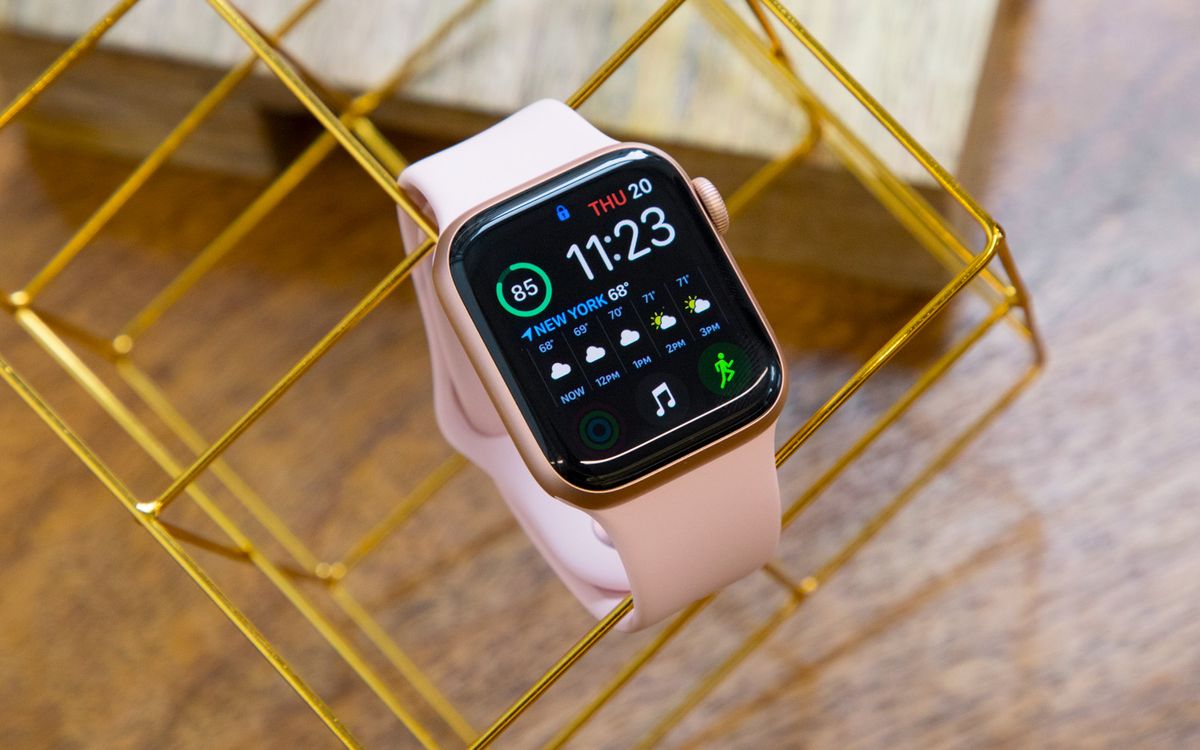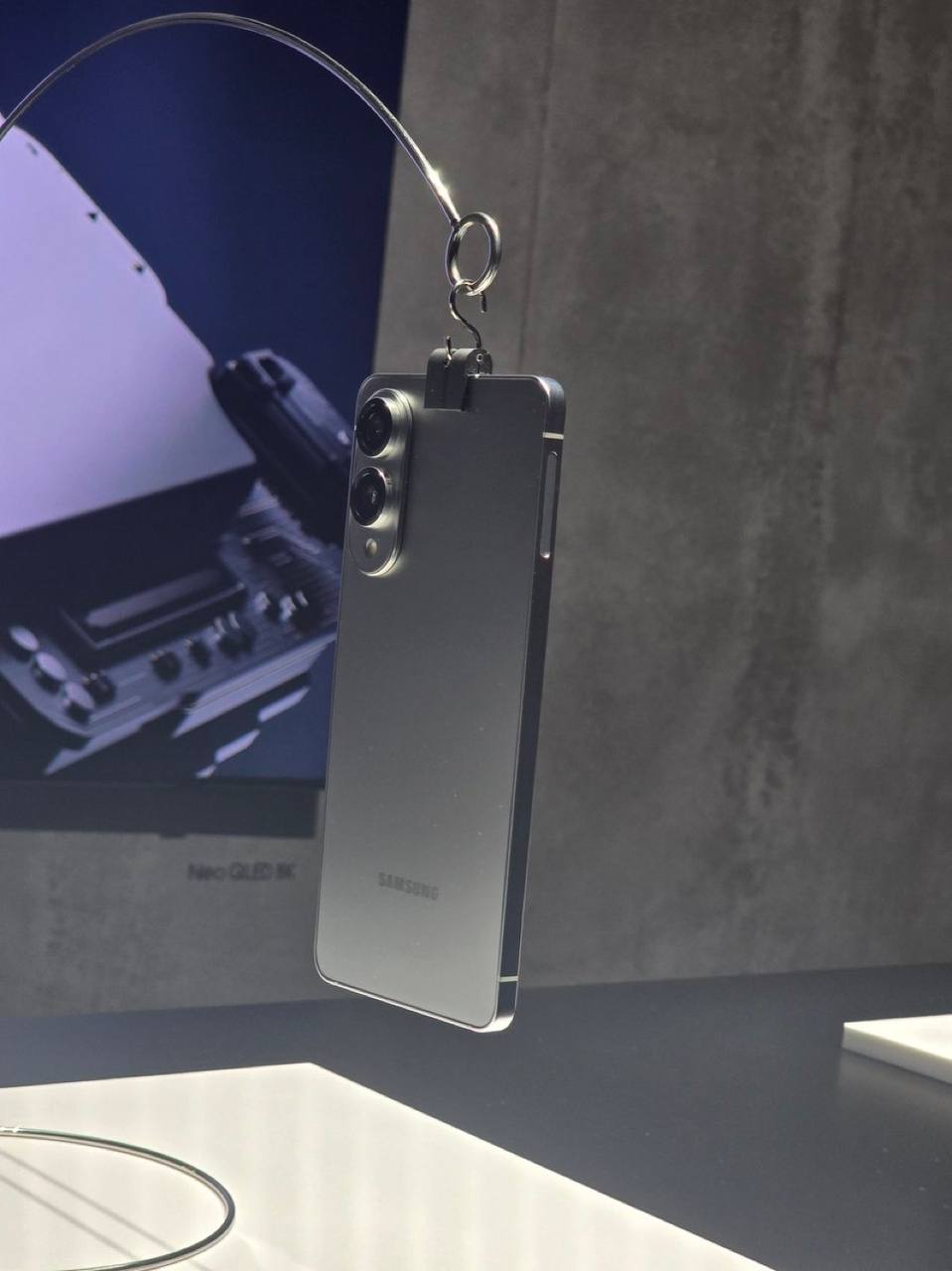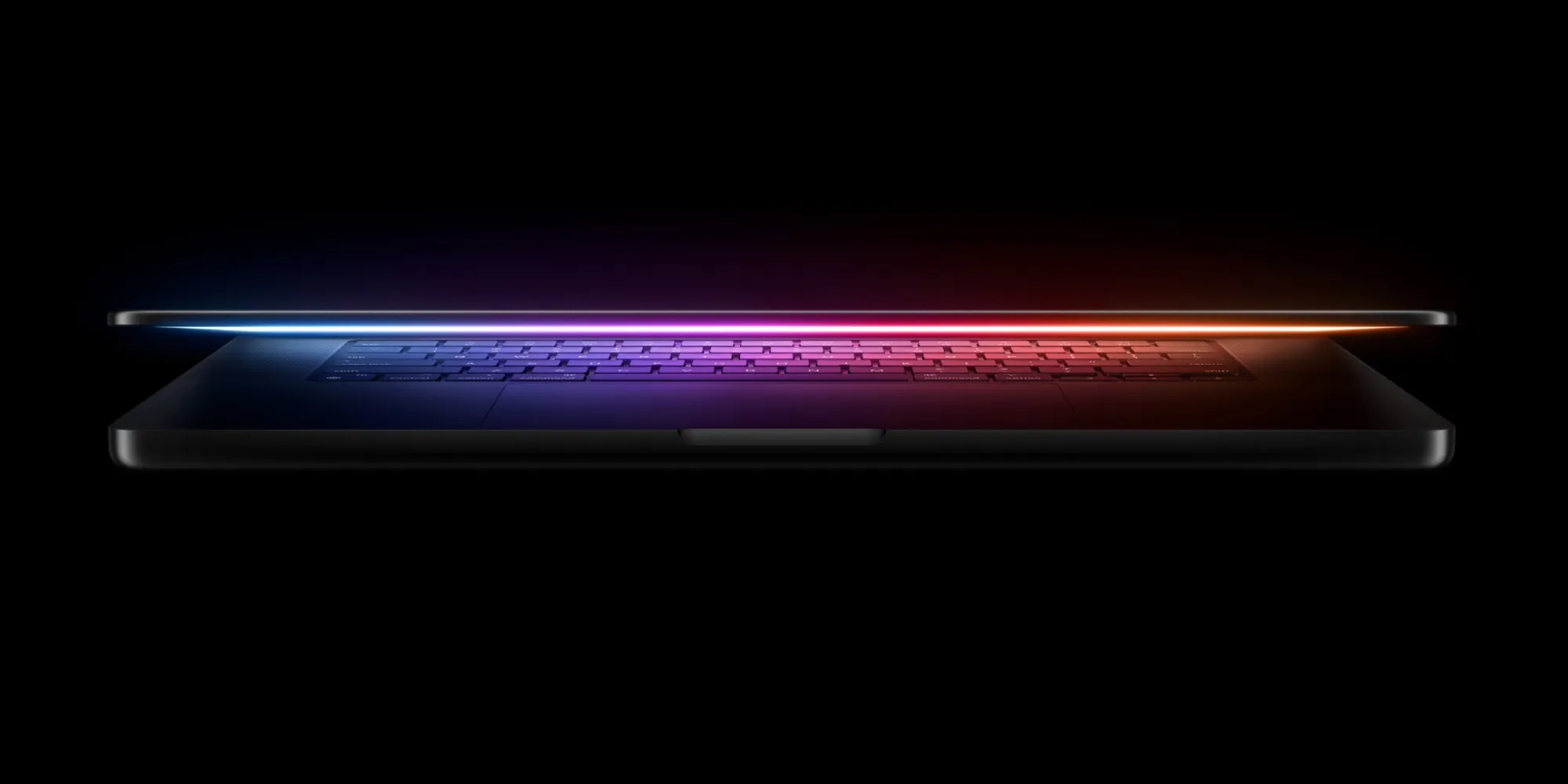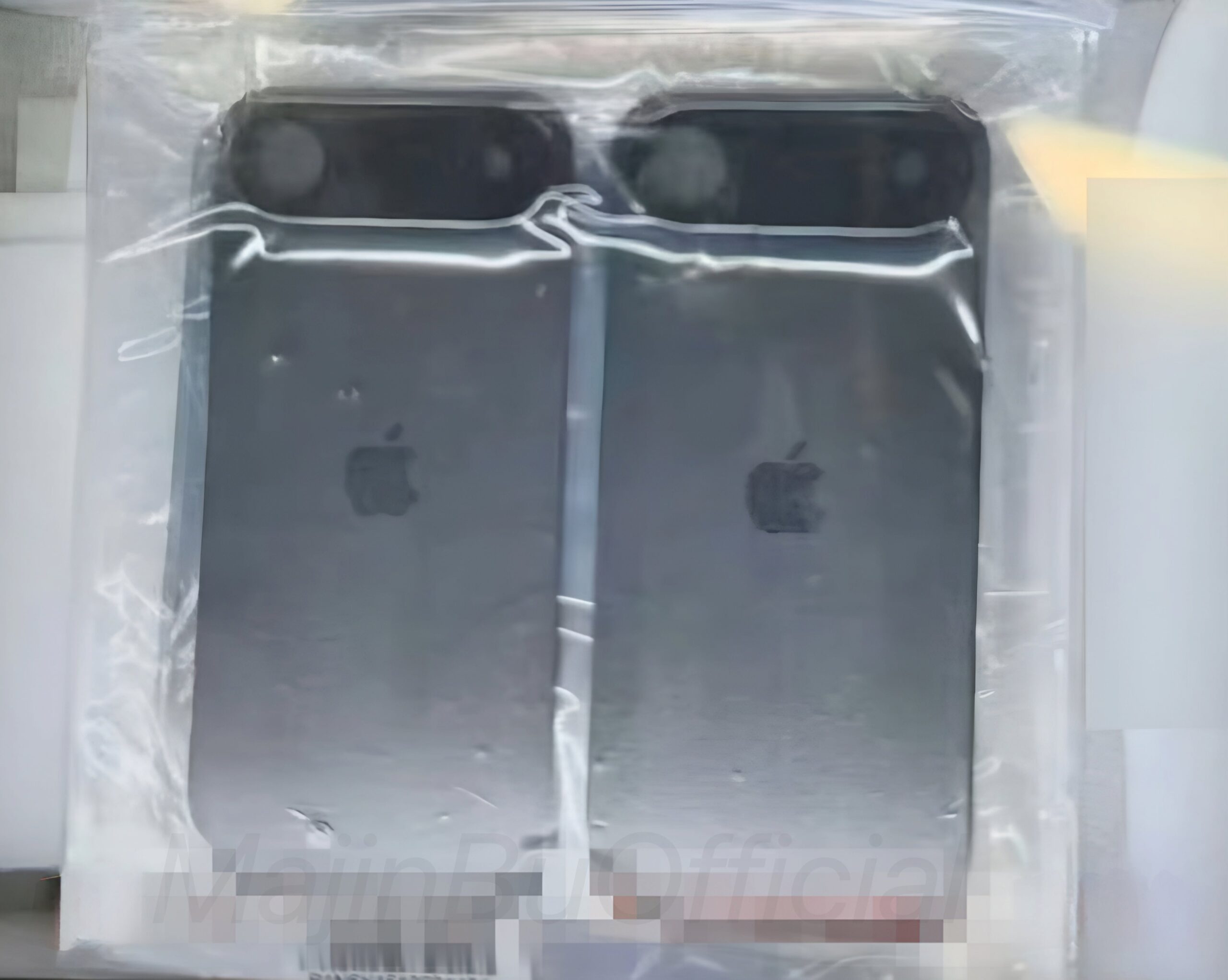Buying a new smartphone, especially an iPhone, can be quite expensive. If you’re thinking about getting the newest model, trading in your old one can help lower the cost. But don’t wait too long before you trade it in because the value drops quickly.
No Clear Pattern in Value Drop
The data comes from Back Market, a site where you can sell your used devices or buy refurbished ones. According to their records, how much an iPhone loses value each year isn’t predictable. You might expect a steady decrease, but that’s not the case.
For example, an iPhone from 2016 is now valued at $16, while the 2017 model, just a year newer, is worth $38. Some models lose value faster than others; the 2020 iPhone saw a 49% drop in value, compared to only a 25% drop for the 2019 model. This seems odd because the iPhone 12, released in 2020 with a new design, didn’t hold its value much better than the iPhone 11.
On average, Back Market says an iPhone loses about 36% of its trade-in value after one year. If you’re eyeing the latest iPhone 17 series after using an iPhone 16 Pro Max, it’s wise to trade in soon rather than later.
The Problem of Unused Devices
When you upgrade your tech, what do you do with the old stuff? Trading in phones is straightforward, but not so much for other gadgets. Back Market found that 81% of people have at least one piece of tech they’re not using anymore, and 55% have three or more. Surprisingly, 72% of people have an old smartphone lying around.
Not everyone knows how to go about trading in their old tech. Plus, there’s the issue of safety; stories of people getting robbed during meet-ups are common. Also, the trade-in values from companies might not seem fair compared to what you might get elsewhere. Still, it’s better than letting your devices sit unused, losing value every year.



